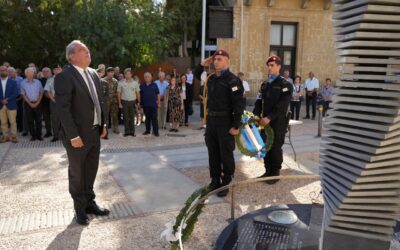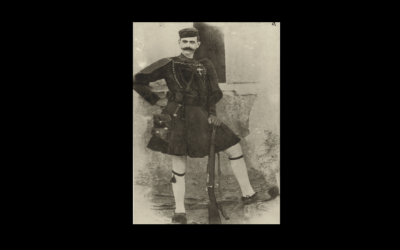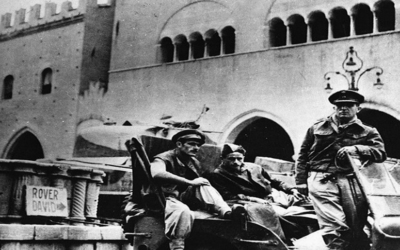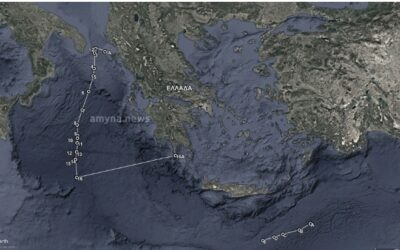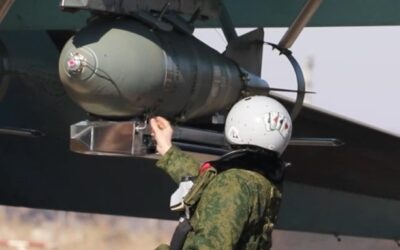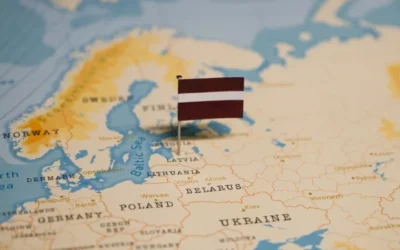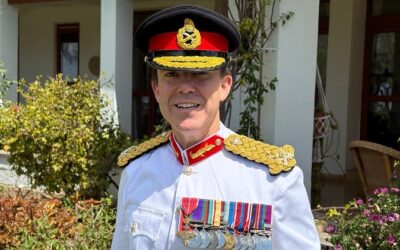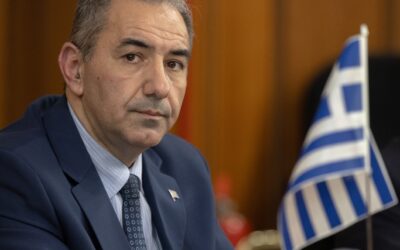HISTORY
HISTORY
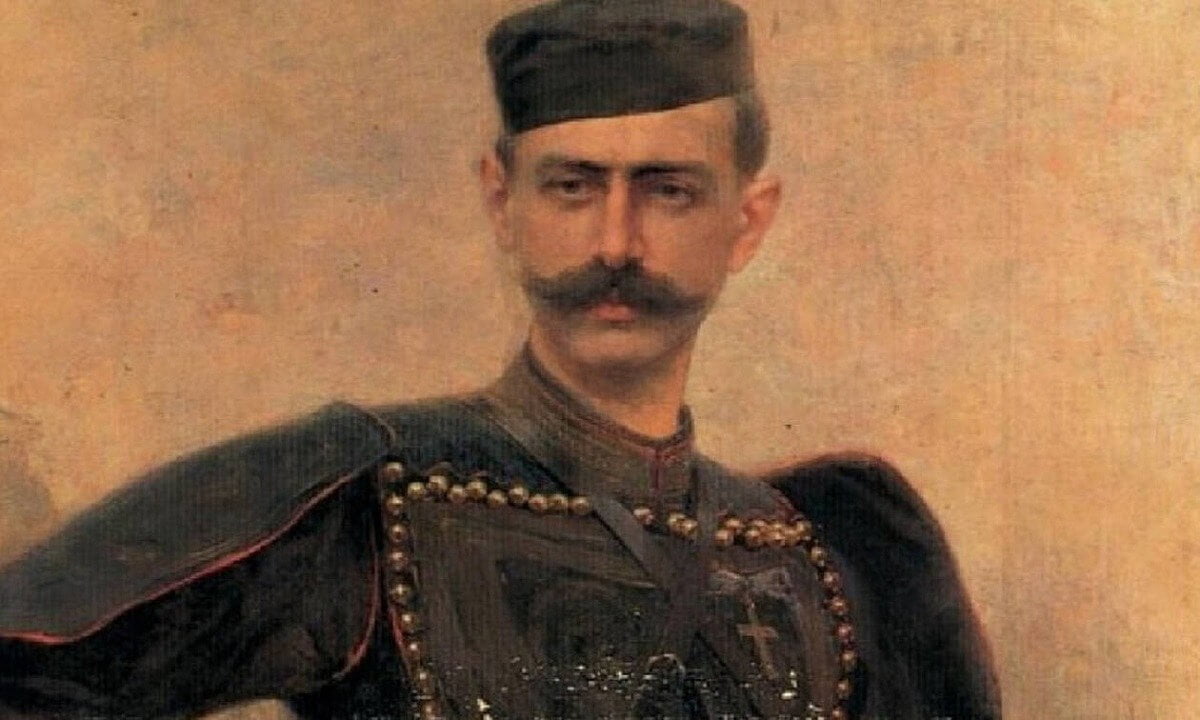
Like today, Pavlos Melas was killed in Siatista, thus remaining one of the most emblematic figures of the Macedonian Struggle, since his name has been identified with it.
Walking to meet with another body of Greek guerrillas, to jointly decide a general attack against the Bulgarian gangs, he stops in the village of Statista in order to rest his men. Despite the objections of his friend and deputy leader, Nikos Pyrzas, as there is a Turkish military battalion in the village, Pavlos does not change his mind.
This decision of his will prove fatal for him, as, betrayed by the chief militant, Mitros Vlachos, who notified the Ottoman authorities, the Turks attacked and during the clash, Pavlos was seriously injured in his waist. After about half an hour, with the phrase “I’m in pain” he breathed his last.
Also read: The Destruction of Smyrna: When Hellenism was Brutally Erased from Asia Minor – VIDEO
In Greece, he constitutes an emblem of the Macedonian Struggle, and many of his personal items are now on display at the Museum of the Macedonian Struggle in Thessaloniki and the museum “Pavlos Melas” in Kastoria, while his name bears the honor of the village of Statista. Also, many of his busts adorn city squares, including Thessaloniki, Athens, and Kozani. In fact, in Thessaloniki, following the “Kallikratis” program, the municipalities of Stavroupoli, Polichni, and Efkarpia were united in a municipality called “Pavlos Melas”.
At that time, the main national and political-ideological current in Greece was the Great Idea, that is, the expansion of the Greek borders, in order to liberate the Greek populations under foreign occupation and domination. Melas, in 1886, was admitted to the Hellenic Military Academy, from which he graduated in 1891 with the rank of lieutenant.
With remorse for the outcome of the war of 1897, Melas became heavily involved in Macedonian affairs. He was one of the first to participate in the Macedonian Committee founded in 1900 to promote Greek influence in the region of Macedonia, as a reaction to the actions of the Bulgarian Komitadji.
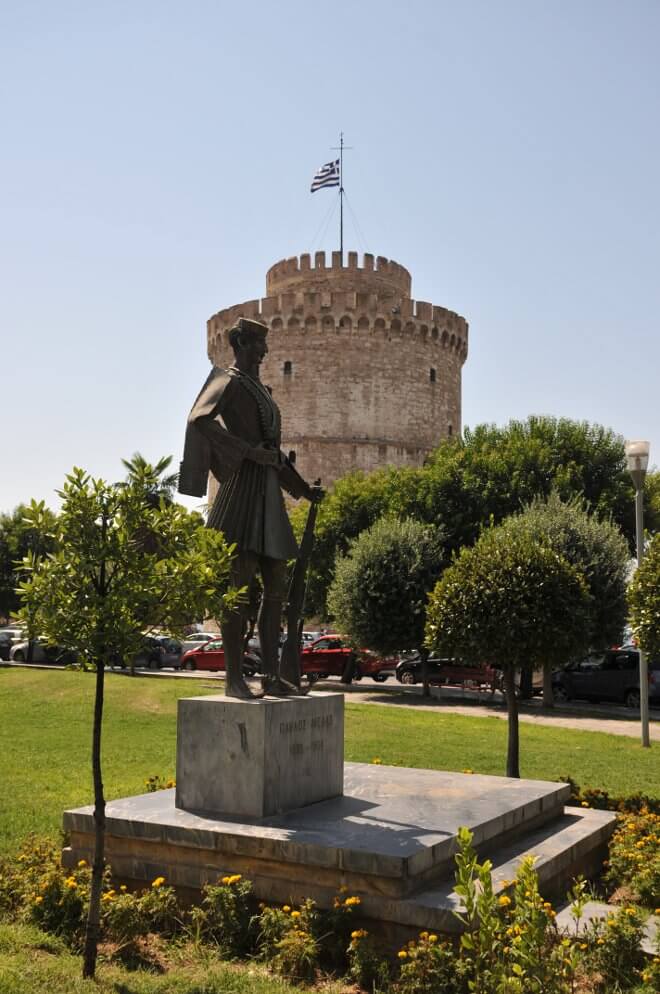
After the fight that took place in Siatista, his comrades cut off his head, which was buried in the church of Agia Paraskevi in Pisoderi. His body was handed over by the Ottoman authorities to the Metropolitan of Kastoria Germanos and was buried in the Byzantine church of Taxiarches in Kastoria, the last residence of his wife, Natalia, and his daughter.
The news of Pavlos’s death shocked Athens and especially his family. The whole Greek people mourn the hero who passed away so young in such a critical time. Since then, his name has become an emblem of the Macedonian struggle, while a large number of officers and citizens rush to Macedonia and teem the ranks of those who fight for its liberation.
His sacrifice is praised by the folk song and the great poet, Kostis Palamas, while the homeland, honoring him, recognizes him as a national hero.
Also read: “Septemvriana” 1955 | Black Day for the Hellenism of Constantinople
Memorial Speech by the Minister of Defence Vassilis Palmas at the annual memorial service for the fallen of the 3rd Company of the 211th Infantry Battalion
The Minister of Defence of the Republic of Cyprus, Mr. Vassilis Palmas, attended the annual commemoration of the fallen of the 3rd…
120 years since the death of Pavlos Melas—The Hero of the Macedonian Struggle—Photos
The Armed Forces honor the memory of the ethnic martyr who gave his life for the liberation of Macedonia…
80 years since the Battle of Rimini – The Brigade that wrote golden pages of history
The “Rimini Brigade” wrote new pages of history for Greece, placing it in the camp of the winners. This success was linked to hope and…
Greece | Declaration of EEZ in the Ionian Sea and Presentation of Maritime Spatial Map
In an initiative with significant geopolitical and economic implications, Greece has declared an Exclusive Economic Zone (EEZ) in the Ionian Sea…
Lima | Ukraine’s Game-Changing Jammer Against Russian Glide Bombs
Ukraine has deployed a new electronic warfare system that is reshaping the dynamics of aerial combat on the battlefield.
Latvia | Withdrawal from the Ottawa Treaty Banning Anti-Personnel Mines
Latvia’s parliament has approved the country’s withdrawal from the Ottawa Convention banning anti-personnel mines, citing the need to bolster national…
THEON | Publication of the Annual Financial Report for 2024
THEON INTERNATIONAL Plc (THEON) has recently published its Annual Financial Report for 2024, with the results reflecting a very strong…
Cyprus | Major General Bewick Sworn in as New British Base Commander
Major General Tom Bewick was officially sworn in as the new Area Manager of the British Bases in Cyprus during a ceremony…
OPINION | TIME OF DECISION FOR EUROPEAN DEFENCE AND SECURITY
Although the defence, security, and protection of the territorial integrity and independence of the member states of the European Union (EU) remain primarily…








